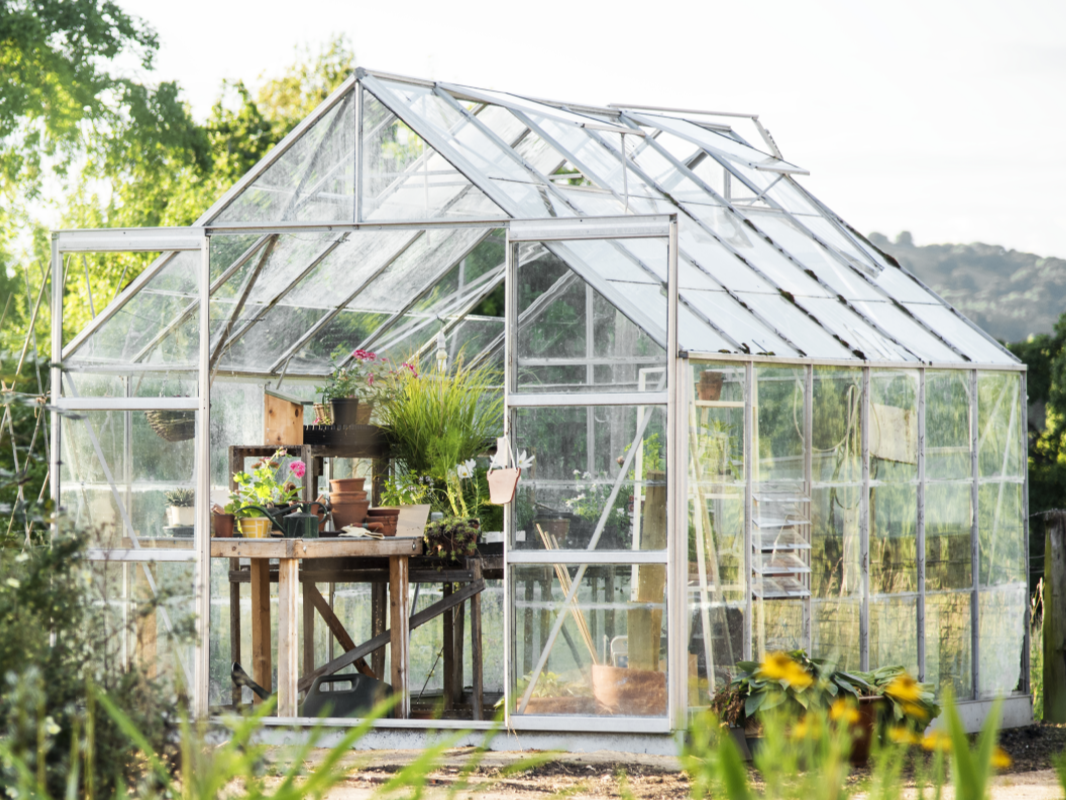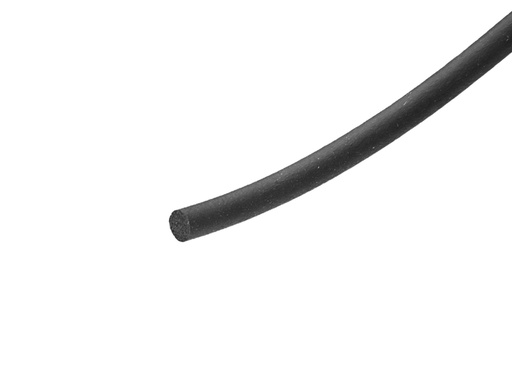In the world of greenhouse construction and maintenance, ensuring the longevity and effectiveness of windows is paramount. Greenhouses, such as those made by Crittall and Baco, are designed to create optimal growing conditions for plants, but they can only do so effectively when every component is functioning correctly.
What is a Crittall Greenhouse?
A Crittall greenhouse refers to a specific style of greenhouse that is characterised by its use of thin steel framing. This style, renowned for its metal windows and doors, is typically associated with Crittall Windows Limited. Although Crittall greenhouses are constructed with a minimalist structure, they are known for their robust durability that contains large panes of glass which maximise light penetration. Their use of steel ensures that the greenhouse can withstand various weather conditions which are a popular choice for both residential and commercial applications.
This style of greenhouse provides an effective and controlled environment for growing a wide range of plants, including exotic species that require specific climatic conditions. It also serves as a stylish garden feature with a clear visibility through the glass panels that connects the interior space of the greenhouse and the natural outside surroundings.
What is a Baco Greenhouse?
A Baco greenhouse is a type of greenhouse known for its modular and versatile design that offers a practical and customisable solution for cultivating plants. Associated with a specific brand, Baco greenhouses typically feature aluminium frames with polycarbonate panels or glass that makes the structure lightweight and durable. The aluminium frame provides a rust-resistant surface which is important for longevity and maintenance in humid greenhouse environments. Baco greenhouses often come with adjustable ventilation, such as roof vents and sliding doors, which help regulate temperature and humidity to suit various plant needs.
Baco greenhouses are best known for their adaptability to different sizes and garden spaces. They can be easily expanded with additional modules that allow gardeners to increase their growing space where required. This flexibility makes Baco greenhouses particularly appealing to both amateur and experienced gardeners who may want to start small and expand their greenhouse operations over time.
Greenhouse Glazing Seals
Glass, while an excellent material for allowing sunlight to penetrate into the greenhouse, is fragile and susceptible to stress and breakage. The metal frames, typically made from aluminium or steel, provide necessary structural support but can be damaging to the glass without proper cushioning. In a greenhouse environment, temperatures can also fluctuate widely and rapidly which may cause the metal frame to expand and contract at a different rate than the glass as it heats and cools. Without a flexible buffer, this disparity can cause the glass to experience stress fractures or breakages.
By fitting a suitable sponge section between the glass and the frame, the risk of glass breakage due to thermal expansion, mechanical stress or impact is significantly reduced. Compressible sponge sections are soft and flexible so provide a cushioning buffer that can accommodate these external and environmental factors.

Crittall and Baco greenhouses were popular for their renowned quality and durability. As both companies are no longer in business, sourcing replacement parts that fit in the existing aluminium channel can be a challenge. However, a 4mm diameter sponge cord can be used as a suitable replacement that enhances the structural integrity of the greenhouse by reducing the risk of glass breakage. As this product is manufactured from a sponge-like material, it allows for compression, expansion and movement between the glass and frame due to temperature changes or other environmental factors.
Our 4mm diameter sponge cord is available by the metre so can be purchased as a continuous length that suits the size of the greenhouse you are trying to reseal. The section can be easily bent around corners and cut to specific lengths with a pair of scissors.
How Do I Replace My Crittall & Baco Greenhouse Glazing Seals?
Replacing the glazing seal in a Crittall or Baco greenhouse is an important maintenance task that helps ensure the structure remains weather-tight and efficient. Here’s our step-by-step guide to help you replace your greenhouse glazing seals:
1. Prepare the Area: Begin by clearing any plants or gardening tools away from the area where you will be working. This will avoid damage and create space to work comfortably. Where possible, choose a dry mild day as this will facilitate easier handling of the materials and better adhesion of the seal.
2. Remove Old Seal: Carefully inspect the existing seal and locate the edge where it meets the glass or polycarbonate panel. Using a utility knife or other tool, gently cut away the old seal being careful not to scratch the glass or frame.
3. Clean the Frame: Once the old seal is removed, clean the groove and surrounding area where the new seal will be fitted. Use a cleaning solution to remove any dirt, algae or residue left behind by the old seal. Wipe the area thoroughly with a clean cloth or sponge and allow it to dry completely.
4. Measure and Cut New Seal: Measure the length of the groove where the new seal will be installed. Add a few extra inches to ensure you have enough material to work with. Cut the new seal to length using scissors or a utility knife.
5. Install the New Seal: Start at one end of the frame and begin pressing the new seal into the groove. Work your way along the frame, making sure the seal is seated evenly and securely. Depending on the size of the groove, you may need to apply a thin bead of silicone sealant before inserting the seal.
6. Secure and Trim the Seal: Once the entire seal is in place, press down firmly along its length to ensure its fully seated and there are no gaps. Trim any excess seal at the ends for a neat finish.
7. Inspect and Test: Inspect the seal to make sure there are no twists or misalignments. Check that it's flush against the glass or polycarbonate and the frame. You can test the effectiveness of the new seal by gently splashing water on the exterior to see if any leaks occur.
At Seals Direct, our expert team has extensive experience in understanding our customers’ requirements and recommending the best type of rubber seal for their application. We can discuss the factors that influence the choice of rubber seal and explore various off-the-shelf products. Please contact us to discuss your requirements.




